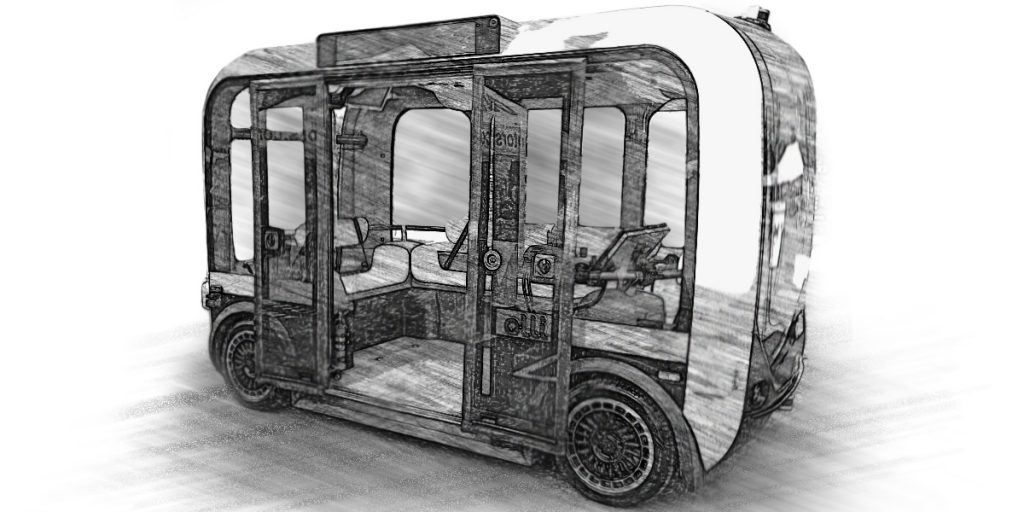Full speed ahead
Do you remember the thoughts you had when you learned about the first iPhone in 2007? I remember feeling astounded.
I’d received my first cell phone as my 15th birthday present from my parents just over one year earlier. It had the two features that topped my wish list: a flip phone with a color display. I could communicate with anyone, anywhere! I was enthralled.
Seeing Apple co-founder Steve Jobs unveil the iPhone in January 2007 though, brought me to another level of amazement. A pocket-sized touchscreen computer with a built-in phone and iPod? With my Motorola RAZR in hand, the iPhone just seemed unfathomable.
Sandwiched in that amazement was a vague feeling that this was more than just a cool new gadget. The iPhone felt like a really big deal.
I experienced that same feeling a few weeks ago at the Peachtree Corners, Ga., City Hall, when a shuttle with no driver chauffeured me around a parking lot.
The shuttle seated seven other people and looked like a Walt Disney World ride disguised as a public bus. It crawled at about 10 miles per hour around a simple yet track-less route along the small lot.
But there was no steering wheel or driver. Instead, the shuttle had a monitor that the “operator” stood a few feet behind. At one point, the bus gently stopped for pedestrians to walk through a crosswalk, all with no input from the operator whatsoever.
That vague, premonitory feeling returned as I filmed the ride on my iPhone. This shuttle felt like a really big deal. But this time, I wasn’t only marveling about what the technology in front of me could do at the moment.
Instead, I was thinking about what this shuttle would be able to do in five years. Or 10 years. How would this change our lives and society, like the iPhone and Droid phones had?
Cities and counties are at the front line of these vehicles’ development. After all, manufacturers need realistic environments to test their technology. Several have taken charge — Las Vegas, Peachtree Corners, Columbus, Ohio and Contra Costa County, Calif., already have autonomous or connected vehicles rolling around in their jurisdictions.
Following these cities’ examples can offer governments benefits in city planning, economic development, fleet management, fostering resilience and more. There is plenty of room for more governments to work with the autonomous and connected vehicle industry, and there will be plenty more demand from this industry for partnership with local governments.
Even in their nascent stages, autonomous vehicles and connected vehicles have already become buzzwords. As 5G access grows, they will only grow in prominence and prevalence — much like BYOD and MDM did for smartphones.
“Every so often, a revolutionary product comes along that changes everything,” Jobs said at the Jan. 9, 2007 iPhone keynote. “One’s very fortunate if you get to work on just one of these in your career.”
 May your government be one of the fortunate ones to work with autonomous or connected vehicles. Because this is a really big deal.
May your government be one of the fortunate ones to work with autonomous or connected vehicles. Because this is a really big deal.
Jason Axelrod is the Associate Editor of American City & County. Reach him at [email protected].




















